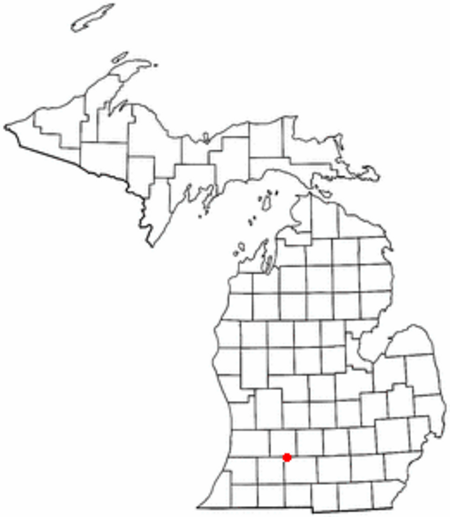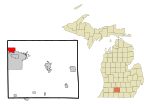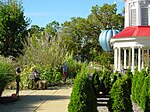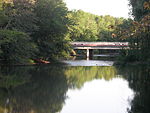Bedford Charter Township, Michigan
1839 establishments in MichiganCharter townships in MichiganPopulated places established in 1839Townships in Calhoun County, Michigan

Bedford Charter Township is a charter township located in the northwest corner of Calhoun County in the U.S. state of Michigan. It is part of the Battle Creek, Michigan Metropolitan Statistical Area. As of the 2010 census, the township population was 9,357. Most of the township lies north of the Kalamazoo River and the city of Battle Creek. Three small noncontiguous areas of the township lie south of the Kalamazoo River.
Excerpt from the Wikipedia article Bedford Charter Township, Michigan (License: CC BY-SA 3.0, Authors, Images).Bedford Charter Township, Michigan
Bedford Charter Township
Geographical coordinates (GPS) Address Nearby Places Show on map
Geographical coordinates (GPS)
| Latitude | Longitude |
|---|---|
| N 42.373055555556 ° | E -85.238333333333 ° |
Address
49017 Bedford Charter Township
Michigan, United States
Open on Google Maps










